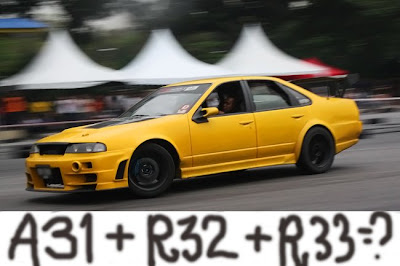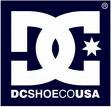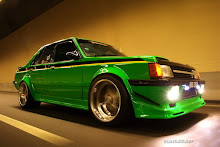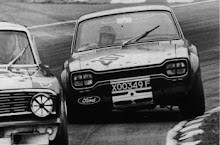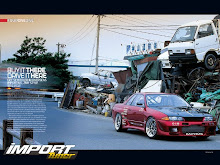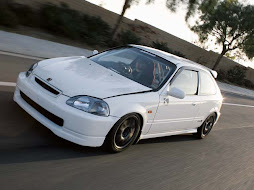The ADVAN Neova AD07 is the Extreme Performance Summer tire member of Yokohama's global family of ADVAN performance tires developed for sports car, sports coupe and performance sedan enthusiasts who love sport driving. Used as Original Equipment (O.E.) on the Lotus Elise, the ADVAN Neova AD07 is designed to provide high levels of traction, responsive handling and driving control in dry and wet road conditions. The ADVAN Neova AD07 is not intended for cold temperatures or snow.
The ADVAN Neova AD07 molds a "fine particle" Micro Silica (MS) tread compound (to provide greater road surface adhesion) into a directional tread pattern that features massive tread blocks with rounded edges to increase cornering stability and steering response while promoting more even wear. Five large circumferential and multiple directionally aligned lateral grooves resist hydroplaning and enhance wet traction. The tire's structure includes two wide steel belts reinforced by spirally wound nylon to provide strength and uniform ride quality and high-speed capability while the sidewalls are tuned to resist lateral deflection providing handling control and cornering stability.
Like the motorsports tires this Extreme Performance street tire has evolved from, the ADVAN Neova AD07 radial's construction and compounds have been tuned to maximize the tire's traction and performance within a specific range of ambient temperatures. Therefore, unlike less highly-tuned tires, Yokohama's care instructions specify that due to its compound characteristics, ADVAN Neova tires must be used and stored at temperatures above -10 degrees Celsius (14 degrees Fahrenheit) to maintain its performance and avoid tire damage.
